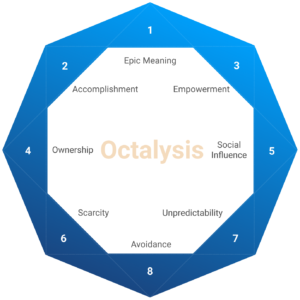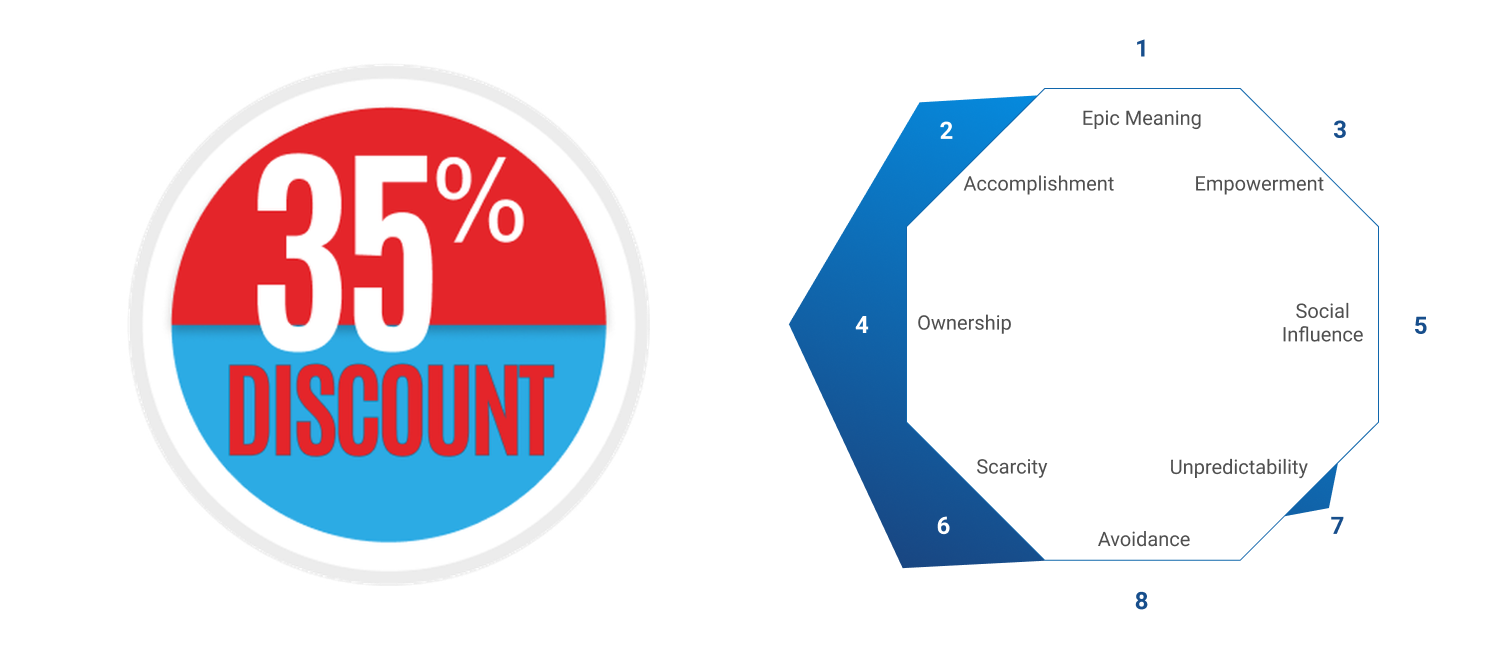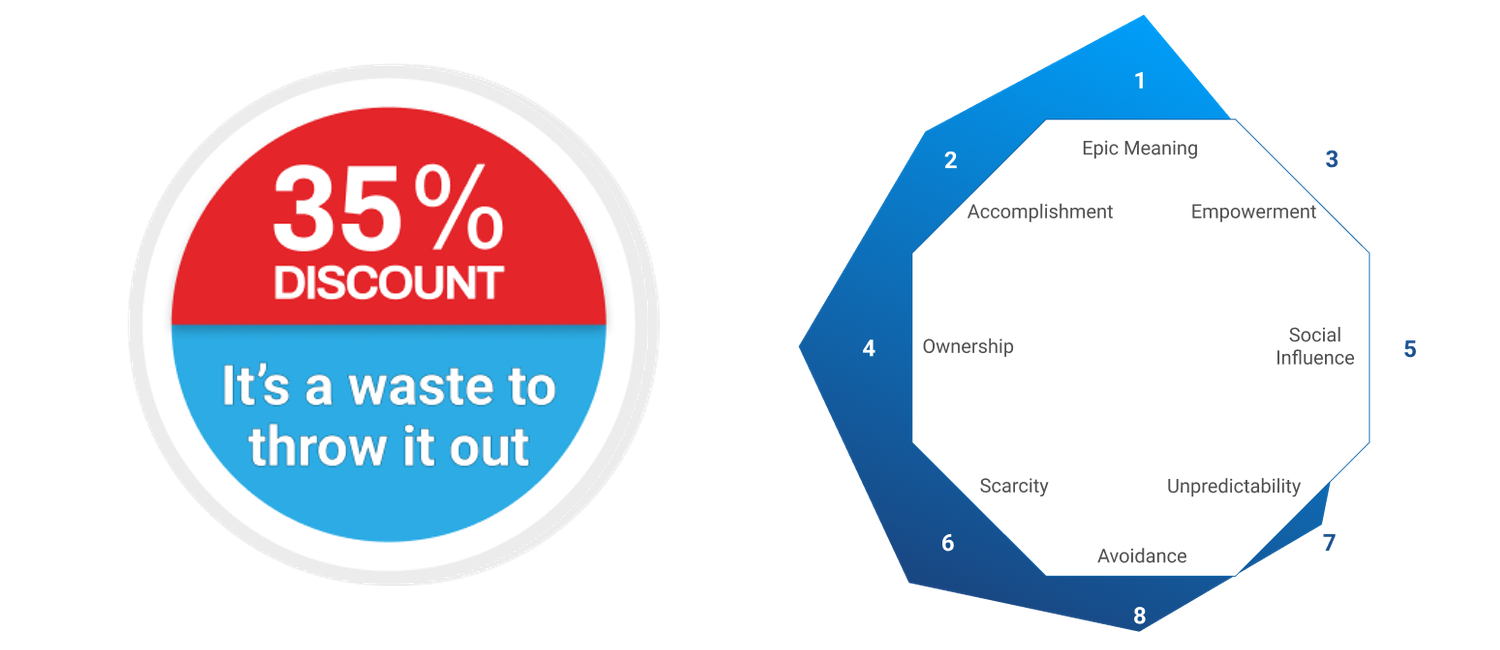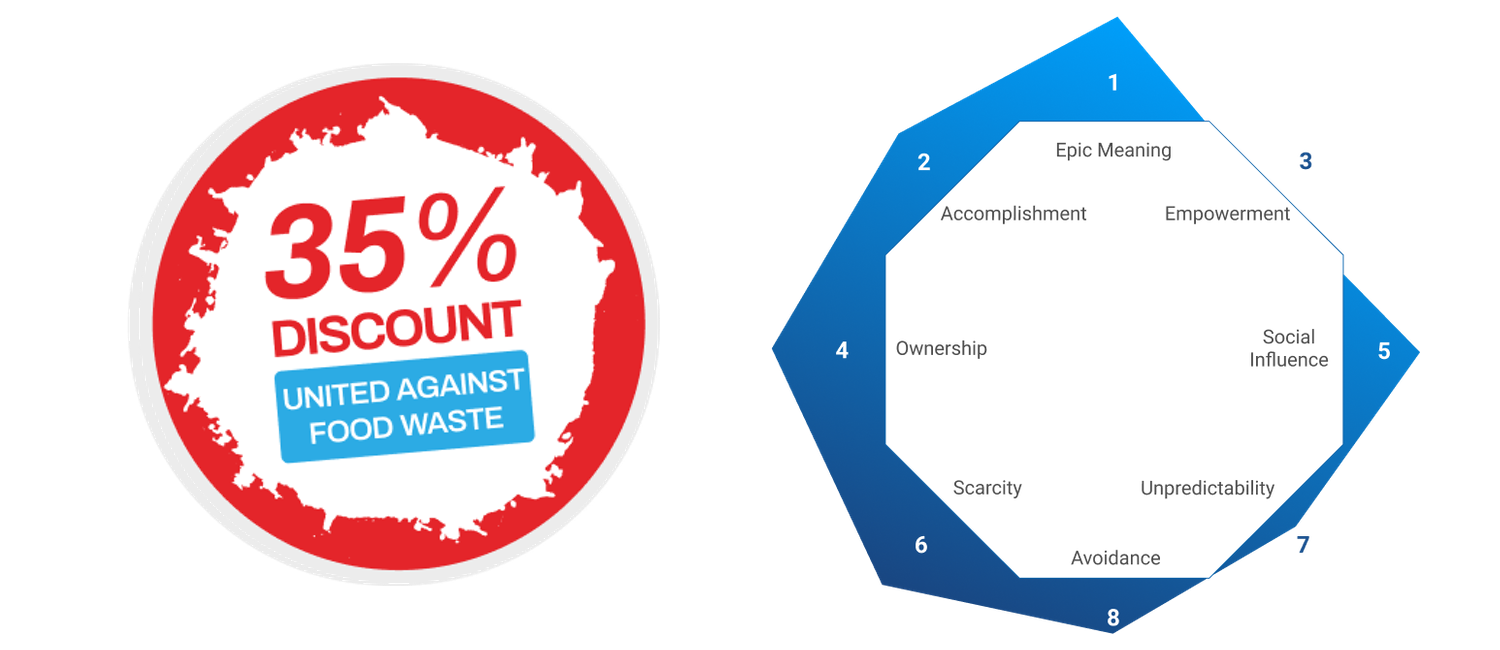Guiding Consumer Motivation
Most people want to feel like a hero and contribute to a greater good, something bigger than themselves that provides meaning. But many lose heart when that comes at a cost.
What if I told you that you can do something good for the world while also benefiting yourself? Discover how one of the biggest companies in the Netherlands is learning how to guide consumer motivation to achieve just that.
You are the Consumer
An interesting realization is that, as the reader, you currently are the consumer. And it’s my job, as the writer, to guide your motivation. I want to keep you engaged in order to convey a message to you.
You see, we are playing a game right now, only you hold all the power to decide when you stop consuming. Or do you…? What I can do is weave in elements in my writing that motivate you to keep on reading and not miss out on the clue I’m building up towards.
Don’t worry, I’m not trying to sell you anything. I’m very positive that these seven minutes of reading will be well worth your time. But before we get there, allow me to quickly address something that has been frustrating me for quite some time now.
Guiding Consumer Motivation = Gamification
We from the Octalysis Group are world-leading experts in the field of Gamification. It is pretty cool to be able to say that, but my point here is not to brag. I mention this to outline a frame in which to share my frustration:
Most people think Gamification is about making an experience into a game. Or about adding a layer of game mechanics on top of a (boring) experience to instantly make it fun and engaging. That is not how it works and the reason why so many gamified experiences fail to achieve success.
If you want to guide consumer motivation for the greater good, you need to start by understanding the psychology behind human motivation. It is about knowing how the brain works and what moves us in everything we do. Only then can you effectively think about designs to guide consumer motivation. Spoiler alert: this will often not look like a game at all.
Crash Course Motivational Psychology
As you can tell, I am quite passionate about this subject and would happily spend hours sharing the foundational research done by Dan Ariely, Daniel Kahneman, Robert Cialdini and others. But I promised you a seven-minute read, so instead I will introduce you to the framework that summarizes all that knowledge into one visual: Octalysis.
The key to the Octalysis framework is that it breaks down consumer motivation into eight Core Drives. Every action we take is the result of being motivated by one or more of these eight Core Drives. For an introduction on the Octalysis framework check out the TED Talk by the author Yu-kai Chou.
You, for example, are motivated to keep playing our game here because of multiple Core Drives combined, starting with Core Drive 7: Unpredictability & Curiosity.
To prove my earlier point, I will share with you an example of how the right Core Drives can be leveraged to guide consumer motivation, for the greater good, without making the experience look like a game.
Reducing Food Waste – Round One
To combat the big amount of food that is thrown out at the end of every day, the popular Dutch supermarket chain Albert Heijn introduced the following discount stickers for products reaching their expiration date. The Octalysis graph on the right shows to which extend each Core Drive is leveraged by this sticker.
The idea is straightforward: focus the customer’s attention on the products that are about to expire with an eye-catching sticker that is hard to resist. The main Core Drive (CD) involved is CD6: Scarcity as the sticker triggers the feeling that this is a special opportunity that needs to be acted upon now.
This is followed by CD4: Ownership as customers are motivated to save money. The stickers can also make you feel like a smart and efficient shopper, adding motivation from CD2: Accomplishment.
Reducing Food Waste – Round Two
The eye-catching stickers work quite well, especially for the customers that are more extrinsically motivated. However, for many customers, the discount alone doesn’t give enough incentive to divert from the grocery shopping they had planned to do. This is why Albert Heijn chose to upgrade the stickers a few years later.
The functionality of the sticker has not changed, the discount remains the same. But the added message appeals to two additional Core Drives, increasing the motivation for customers to choose a discounted product.
With the added message, CD1: Epic Meaning enters the scene. Most people know that it’s a good thing to prevent food waste and, when reminded, they are motivated to contribute to this higher cause. It also adds CD8: Loss & Avoidance motivation, because the trigger does make you feel guilty of letting a product go to waste.
Reducing Food Waste – Round Three
Some time later, Albert Heijn upgraded the stickers once more, to the design it holds today.
The visual design has changed, the functionality, the discount, still remains the same. However, the new message adds yet another Core Drive to the mix, CD5: Social Influence. Customers are called to unite, and collectively fight food waste. Quite a powerful message in only four words.
What Gamification Really is About
Few people would label – pun intended – Albert Heijn’s discount stickers as Gamification. Just like you probably wouldn’t have considered this article to be gamified. However, I planted different triggers, leveraging multiple Core Drives, that succeeded to motivate you to keep on reading till the end.
This is what Gamification should be about, and what we excel at. We use our knowledge of Motivational Psychology to guide consumer motivation, for the greater good.
I promised not to try and sell you anything. So if you need help to motivate your customers or employees, contact me at dirk@octalysisgroup.com for a free consult.







